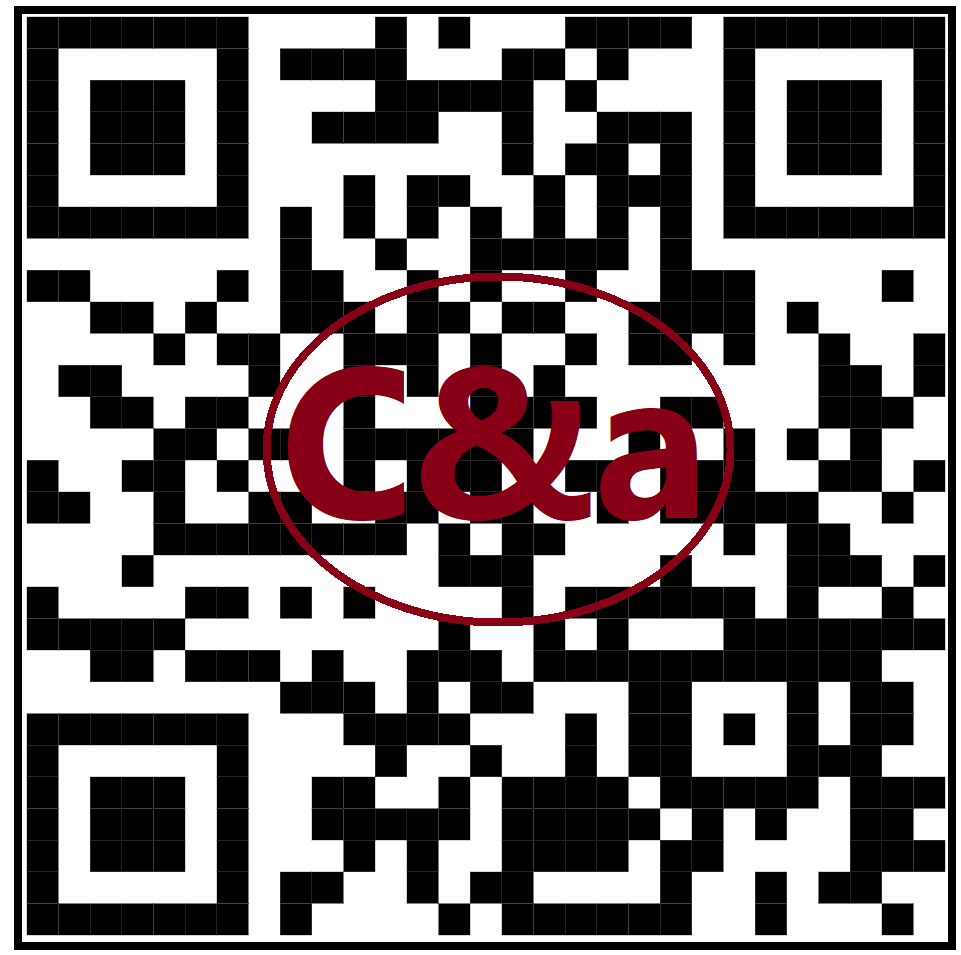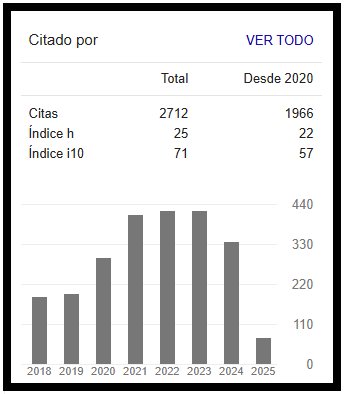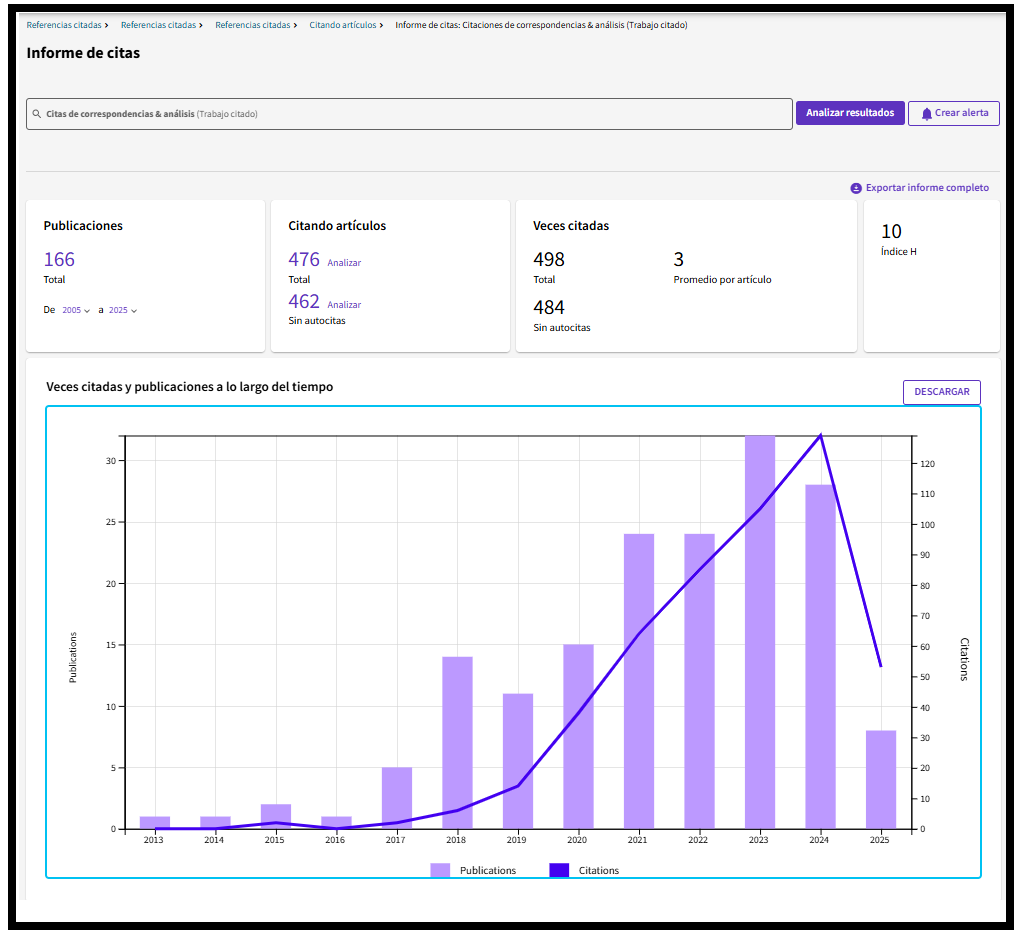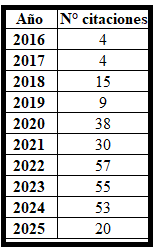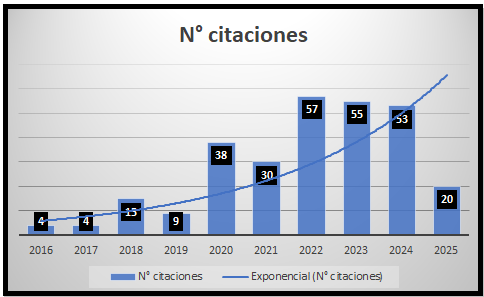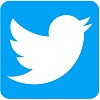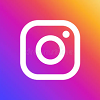Estudiar en inglés en universidades de países no angloparlantes: retos comunicativos y experiencias de la adaptación educativa y cultural en Lituania
DOI:
https://doi.org/10.24265/cian.2020.n11.10Palabras clave:
Educación superior, Estudios en inglés, Estudiantes extranjeros, Adaptación cultural, Comunicación interculturalResumen
El número de estudiantes que deciden estudiar en instituciones de enseñanza superior (IES) en el extranjero va creciendo de manera exponencial. Este crecimiento cuantitativo ha traído consigo una paulatina transformación cualitativa de la educación superior en una rama más de la industria global. Asimismo, crece la oferta académica de programas impartidos en lengua extranjera, mayormente en inglés. Si bien son cada vez son más numerosas las IES que procuran atraer nuevos alumnos con esta novedad, no todas están preparadas para afrontar debidamente el reto que supone la diversidad cultural del aula universitaria. Esta atractiva experiencia académica es, a la vez, un fenómeno rico en complejidad y cabe admitir que el impacto en los procesos de enseñanza y aprendizaje puede ser tanto positivo como negativo. El presente artículo se propone revelar los retos y problemas, de índole comunicativa e intercultural, a los que se enfrentan los estudiantes extranjeros que cursan estudios en inglés en universidades donde predomina el ambiente
lingüístico y cultural lituano. Los datos empíricos obtenidos permiten sostener que difieren de manera considerable las experiencias y vivencias referidas a la causa y posibles soluciones a los retos mencionados, según se trate de la valoración de los alumnos extranjeros de los grupos focales o de lo que aportan las respuestas del personal entrevistado en la institución de acogida.
Métricas
Descargas
Referencias
Al-Shariden, K., & Goe W. (1998). Ethnic communities within the university: An examination of factors influencing the personal adjustment of international students. Research in Higher Education, 39, 699-725.
Altbach, P. (2004). Higher Education Crosses Borders: Can the United States Remain the Top Destination for Foreign Students? The Magazine of Higher Learning, 36(2), 18-25.
Andrade, M. (2006). International students in English-speaking universities. Journal of Research in International Education, 5(2), 131-154.
Butcher, A., & McGrath, T. (2004). International students in New Zealand: needs and responses. International Education Journal, 5(4), 540-551.
Centro de Análisis y Seguimiento de la Educación Superior e Investigación de Lituania - Mokslo ir studijų stebėsenos ir analizės centras (MOSTA, 2016). Lietuvos švietimas skaičiais. https://mosta.lt/lt/tyrimai/ataskaitos#2016-m
Chan, S. (1999). The Chinese learner - a question of style. Education and Training, 41, 294-304.
Chen, S., & Absalom, D. (1996). Cultural awareness and language teaching methodology. En Issues in language education: Selected papers from ILEC’95 (pp. 171-190). Hong Kong Institute of Education.
Cowley, P., & Hyams-Ssekasi, D. (2018). Motivation, Induction, and Challenge: Examining the Initial Phase of International Students’ Educational Sojourn. Journal of International Students, 8(1), 109-130.
De Vita, G. (2001). Learning styles, culture and inclusive instruction in the multicultural classroom: a business and management perspective. Innovations in Education and Teaching International, 38(2), 165-174.
Departamento de Estadística de Lituania (2019). Lithuanian Statistical Agency. Official statistics portal. https://osp.stat.gov.lt
Flora Hung, C. (2004). Cultural influence on relationship cultivation strategies: Multinational companies in China. Journal of Communication Management, 8(3), 264-281. https://doi.org/10.1108/13632540410807682
Furnham, A. (2004). Foreign students: Education and culture shock. The Psychologist, 17(1), 16-19.
Gilleard, J. (1998). Managing the cultural divide: The case of classroom assessment. Industrial and Commercial Training, 30(3), 90-95.
Graddol, D. (2006). English Next. Why global English may mean the end of English as a Foreign Language. British Council.
Halic, O., Greenberg, K., & Paulus, T. (2009). Language and academic identity: A study of the experiences of non-native english speaking international students. International Education, 38(2), 73-93.
Hechanova-Alampay, R., Beehr, T., Christiansen, N., & Van Horn, R. (2002). Adjustment and strain among domestic and international student sojourners: A longitudinal study. School Psychology International, 23(4), 458-474. https://doi.org/10.1177/0143034302234007
Kleiber, P. (2004). Focus groups: More than a method of inquiry. En K. De Marrais & S. Lapan (Eds.), Foundations for research. Methods of inquiry in education and the social sciences. Lawrence Erlbaum Associates.
Ladd, P., & Ruby R. (1999). Learning style and adjustment issues of international students. Journal of Education for Business, 74(6), 363-367. https://www.tandfonline.com/doi/abs/10.1080/08832329909601712
Li, G., Chen, W., & Duanmu, J. (2009). Determinants of international students’ academic performance: A comparison between chinese and other international students. Journal of Studies in International Education, 14(4), 389-405. https://journals.sagepub.com/doi/abs/10.1177/1028315309331490
Myles, J., & Cheng, L. (2003). The social and cultural life of non-native english speaking international graduate students at Canadian University. Journal of English for Academic Purposes, 2, 247-263.
Morgan, D. (1997). Focus groups as qualitative research. Sage Publications.
Pun, A. (1990). Managing the cultural differences in learning. Journal of Management Development, 9(5), 35-40.
Rajapaksa, S., & Dundes, L. (2002). It’s a long way home: International student adjustment to living in the United States. Journal of College Student Retention: Research, Theory and Practice, 4(1), 15-28. https://journals.sagepub.com/doi/abs/10.2190/5HCY-U2Q9-KVGL-8M3K
Robertson, M., Line, M., Jones, S., & Thomas, S. (2000). International students, learning environments and perceptions: A case study using the Delphi technique. Higher Education Research & Development, 19(1), 89-101. https://www.tandfonline.com/doi/abs/10.1080/07294360050020499
Robotham, D. (1995). Self-directed learning: The ultimate learning style? Journal of European Industrial Training, 19(7), 3-7.
Sawir, E. (2005). Language difficulties of international students in Australia: The effects of prior learning experience. International Education Journal, 6(5), 567-580.
Selvadurai, R. (1998). Problems faced by international students in American colleges and universities. Community Review, 12(1-2), 27-32. https://eric.ed.gov/?id=EJ469274
Trice, A. (2003). Faculty perceptions of graduate international students: Benefits and challenges. Journal of Studies in International Education, 7(4), 379-403. https://journals.sagepub.com/doi/abs/10.1177/1028315303257120
Zhou, Y., Jindal-Snape, D., Topping, K., & Todman, J. (2008). Theoretical models of Culture Chock and Adaptation in International Students in Higher Education. Studies in Higher Education, 33(1), 63-75.
Descargas
Publicado
Número
Sección
Licencia
En caso de que el manuscrito sea aprobado para su próxima publicación, los autores conservan los derechos de autor y ceden a la revista el derecho de la publicación, edición, reproducción, distribución, exhibición y comunicación en el país de origen, así como en el extranjero, mediante medios impresos y electrónicos en diferentes bases de datos.
Para que quede constancia de este procedimiento, el autor debe llenar los siguientes formatos:
Formato 1 - Datos de autores.
Formato 2 - Declaración jurada sobre originalidad y autorización para la publicación de artículos.
Formato 3 - Conformidad con la ciencia abierta.









2.png)



